In one of our very first blog posts on nutrition, we shared three homemade recipes for an isotonic drink, an energy gel and an energy bar. It was quite successful and we got amazing feedback on our social media platforms. From then on, we have kept posting recipes, but no gels, only bars and rice cakes, and that is why we will be focusing on 3 energy gel recipes here, as well as on broadening the variety of options available to carry them on our bike rides.
Chocolate-flavored energy gel
Ingredients to obtain around 120 grams of gel:
- 2 pitted dates, approx. 20 g. You can also use raisins or prunes.
- 10 g (1 tbsp) of chocolate.
- 70 g (3 ½ tbsp) of honey, molasses, maple syrup or agave syrup.
- 20 g (4 tsp) of lemon or lime juice.
- 1 tsp of fat-free cocoa.
- 1 pinch of salt.
Preparation:
Soak the dates (or the raisins/prunes) for about 2 hours. If you want them to soften a bit faster you can put them in hot water for 20-30 minutes. Once softened, rinse them well. Melt the chocolate in the microwave for a few seconds, and then pour the date mixture into a jug with it. Add the honey, the lemon/lime juice, the cocoa and the salt. Use a blender to mix everything together until you have a somewhat liquid, silky purée consistency. If you find it too thick, add water little by little. Be careful though, as you don’t want it to be too watery.
Nutrition information:
This recipe has 374 calories, 77 g of carbs, 4 g of protein and 6 g of fat.
Berry flavored energy gel
Ingredients:
- 60 g (⅓ cup) of berries, either frozen or fresh. You can use a mix of different berries or just one type.
- 4 pitted dates, approx. 40 g.
- 10 g (1 ½ tsp) of honey
- 10 g (2 tsp) of lemon or lime juice
- 1 pinch of salt
Preparation:
This recipe is easier than the previous one. Soak the dates and once they’re soft, rinse them and add them to a high container together with the rest of the ingredients. Mix well with a blender or food processor. This gel’s consistency is more liquid than the previous one. If you’d like it to be a bit thicker add more dates.
Nutrition information:
184 calories, 40 g of carbs, 1 g of protein and 0 fats.
Coffee flavored energy gel
Ingredients:
- 3 pitted dates, approx. 30 g.
- 70 g (3 ½ tbsp) of honey, molasses, maple syrup or agave syrup.
- 1 espresso. About 25-30 g of coffee.
- 1 pinch of salt.
- 1 tsp of instant coffee. This is optional, although you can also dissolve instant coffee in 25-30 g of water instead of using a cup of espresso.
Preparation:
Soak the dates, and once they’re soft, rinse well and add all the ingredients to a container. Blend the mixture. If the consistency is too thick add some water, and if it is too liquid add more dates.
Nutrition information:
307 calories, 80 g of carbs, 1 g of protein and 0 fats.
How to carry your gels when cycling
You have several options:
- Reusable and squeezable plastic food pouches (the baby food bags that usually contain fruit purée, but you can wash and refill them). You can find them in different sizes and shapes or designs, mostly aimed at kids. Some of them have a funnel that makes pouring easier.

- Soft, flexible bidon. These are small, soft and flexible bottles that can hold up to 160-170 ml of liquid. You can search for gel flask, soft flask, soft bottle, collapsible water bottle, running soft gel flask, etc.

- Silicone travel bottles. Yes, exactly. These are small bottles designed to carry liquids in toiletry bags in our travel kits, that can also serve as containers for our energy gels.

- If you happen to have a food packaging machine and packaging bags that hold up to 150-170 ml, then you can prepare small bags with an opening to pour the gel and then seal them with the machine.
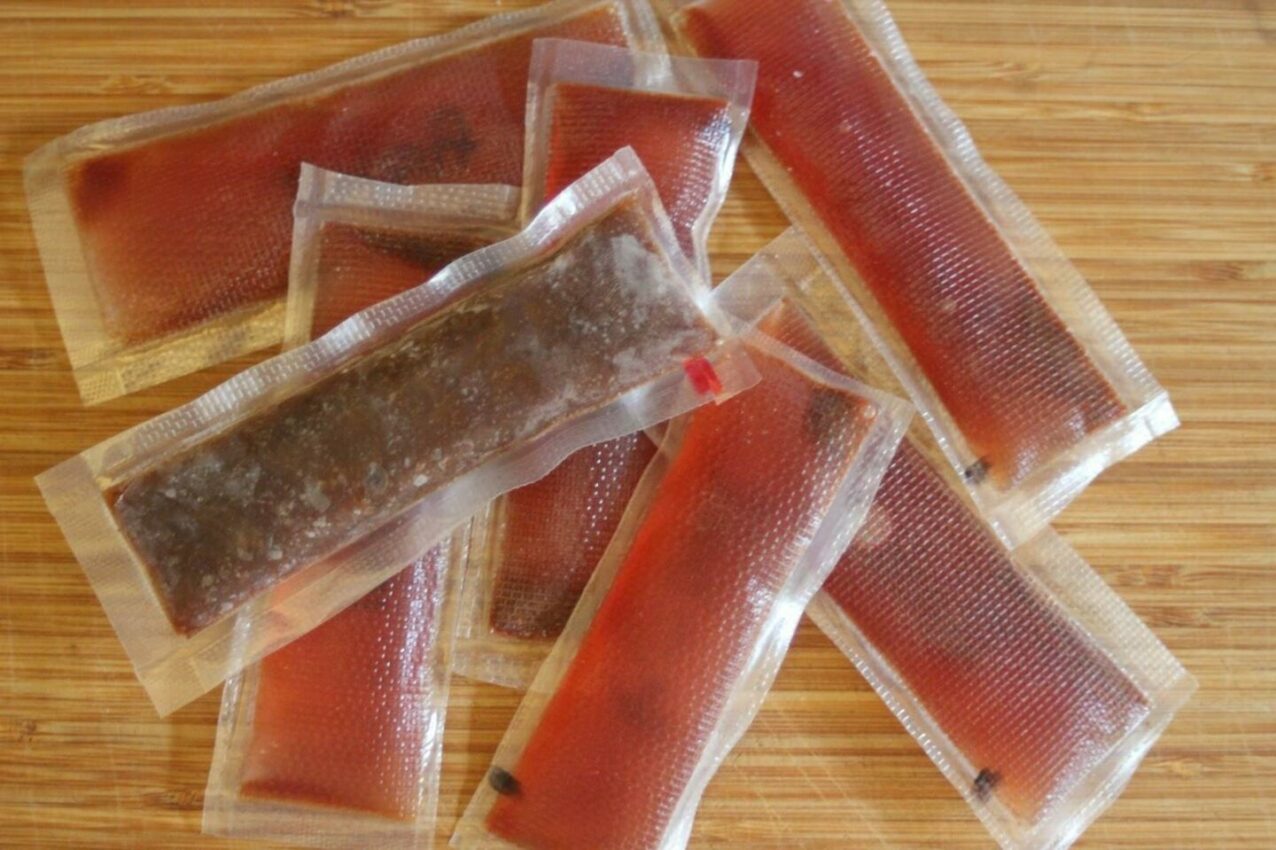
For all of the above packaging options, you may want to place the container vertically in a glass so that you can easily pour the gel directly from the jug or using a spoon. If you use a small funnel, filling the container with the gel will be much easier.
The source of carbohydrates in these gels are mainly fructose and glucose. They also contain some sucrose and maltose. Such a variety of carb sources helps us achieve higher levels of absorption and a better digestion of said carbs. These different sources are also metabolized differently. Glucose is the quickest one to get metabolized, maltose does it at a medium-level rate, while fructose metabolizes much slower than other carbohydrates.
You can add powdered maltodextrin to these recipes. Maltodextrin is an “artificial” carbohydrate mostly present in every store-bought energy gel. This carb is mainly obtained from corn starch and is widely used by the food industry because it is cheap and easily produced. A retail price of 1 kg of maltodextrin is about $7-8, the wholesale price is probably lower. An energy gel costs around $1-2 and has about 20-22 g of maltodextrin in it. A similar rule applies to glucose, fructose and dextrose. If you do the math, you’ll see that, for the food industry, energy gel sales are quite profitable and make for a good business, and that making them at home is actually really easy and cheap.
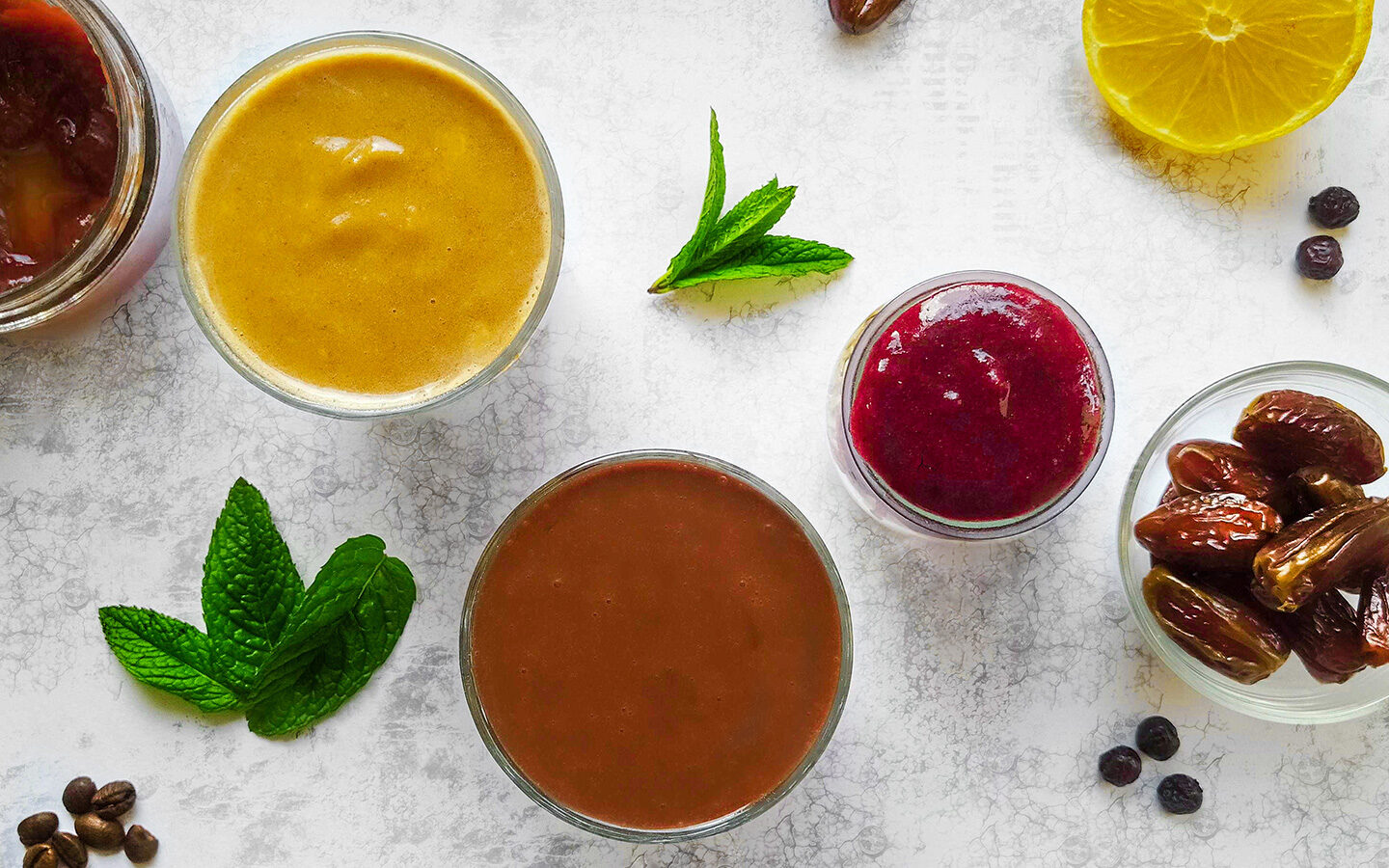
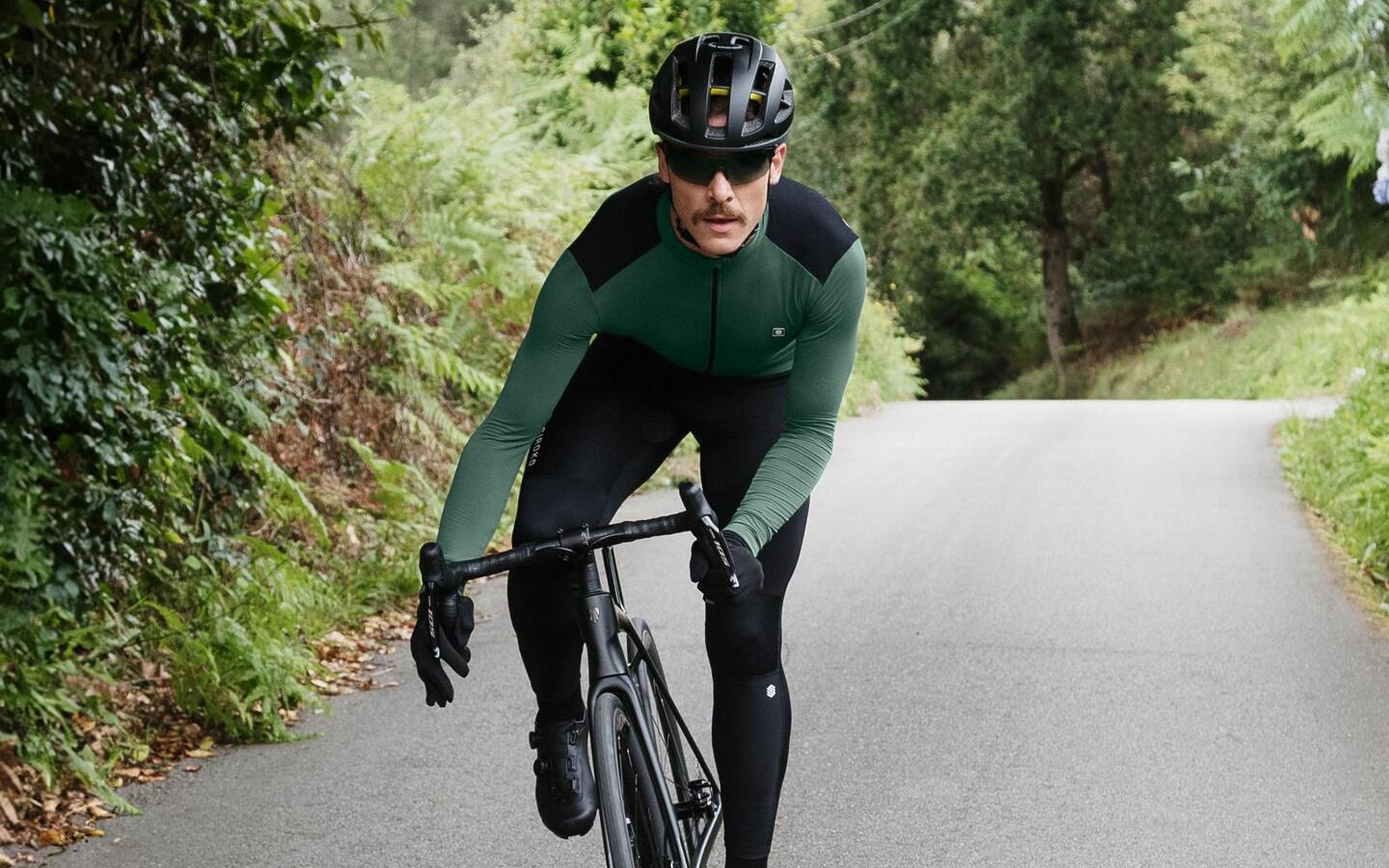
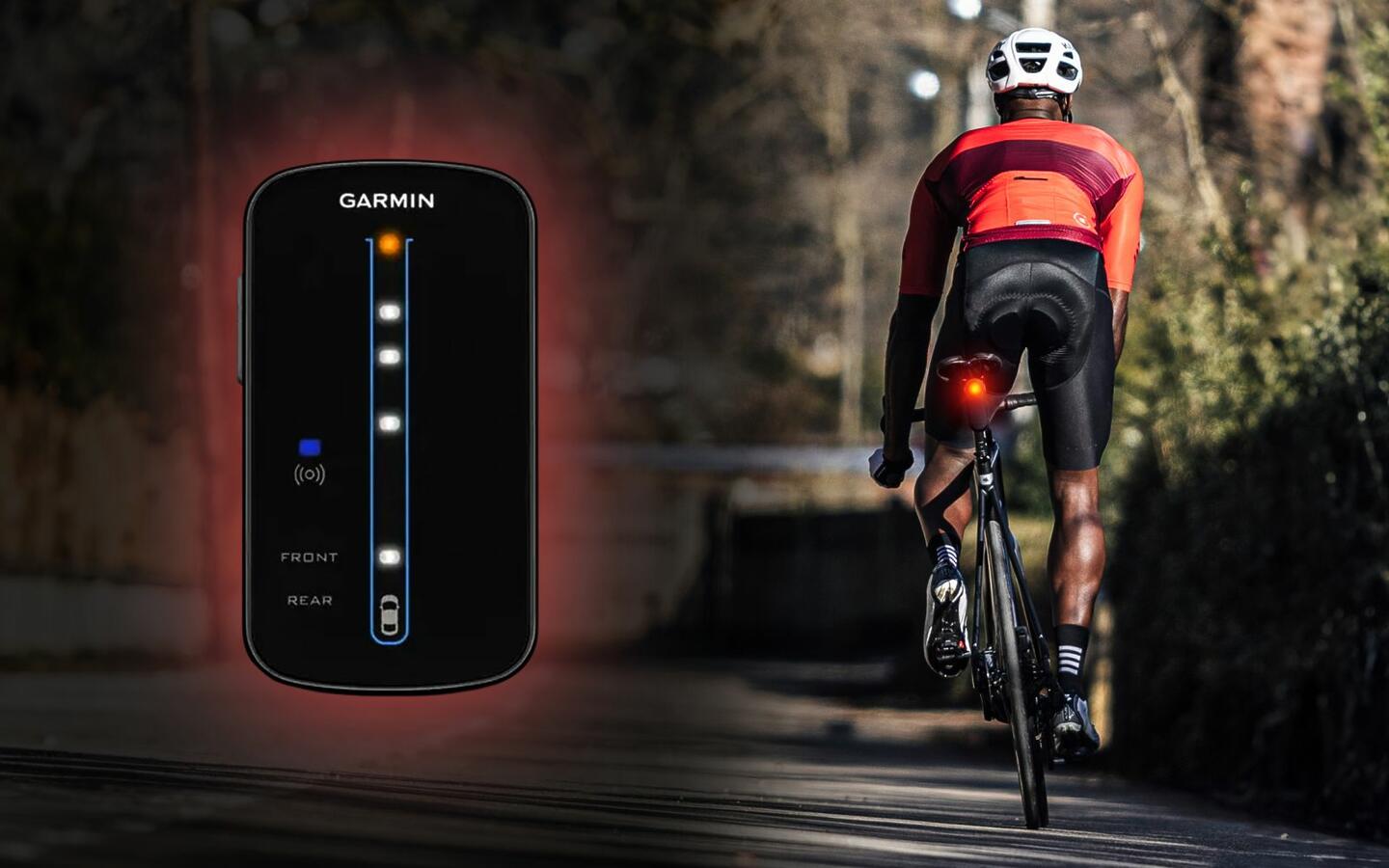

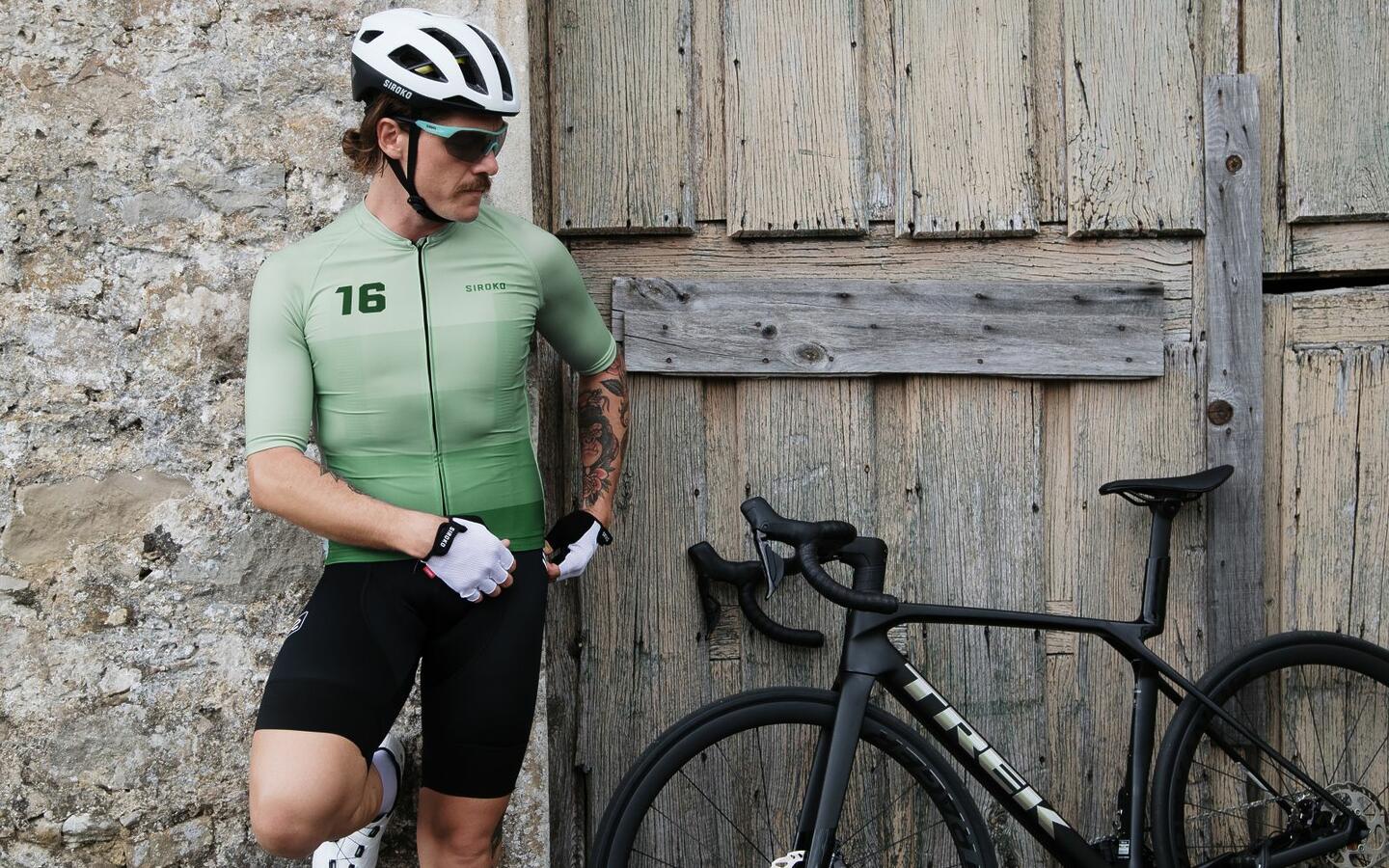
Looks like you used my image for the gels above in the Food Saver bags. Happy to share, but please edit and link back to my site. https://theplantedrunner.com/real-food-endurance-gels/
Hello Claire,
We sincerely apologize and want to thank you for sharing your image. We already linked the image to your site with a caption below.
Thanks again.
Siroko
Hi there. Any advise about a good food packaging machine for packaging gel bags.
Best regards
Hi Hernan,
Thanks loads for reading our blog and for your comment. If you are going to use it only for energy gels we recomend you a mini bag sealer like the ones you can see in these videos:
https://www.youtube.com/watch?v=USNZMrXIQ-4
https://www.youtube.com/watch?v=fUQtlTmjy4Q
As you can see in the first video, you will need specific plastic bags like this one:
https://www.amazon.com/Multi-Sizes-Plastic-Sealable-Storage-Giveaway/dp/B01GR5LVN6/?th=1
Best
Hi there.
This weekend I tried the recipes using raisings and honey. However, after an hour of training, I was left with a bitter (acidic) taste in my mouth. I think it is necessary to add something to soften the taste. Are there any suggestions?
Hi Hernan,
Which one left you a bitter taste? Perhaps the raisins are not sweet enough to balance the acidic taste of the lemon juice or the bitterness of the coffee. Try adding less of these two ingredients or more honey. Also test your honey, because there are some honeys that are bitter.
Best
How much sodium is in this?
Hello Genesis,
Salt is the ingredient with the most sodium, so it depends on how much salt you put in the recipe. Your pinch may be different in grams from other’s pinch. 1 g is a good pinch of salt and has 400 mg of sodium.
Sodium in other ingredients:
Lemon Juice – 100 g = 1 mg of sodium
Honey – 100 g = 4 mg of sodium
Black chocolate 45% – 100 g = 24 mg of sodium
Dates – 100 g = 2 mg of sodium
Best
Siroko
Hi there, love the recipe ideas! Just a quick question, how long would they still fresh / ready to consume? Thanks in advance!
Hello Luca,
They last 1 week in the refrigerator. You can also pack the gels, put them in the freezer and take them out when you are going to consume them. They thaw quickly. If you store them like that, they can last up to 1 month.
Regards
Can I use date syrup and maltodextrin mixed with instant coffee and a bit of water? Or, is that not a good combination for some reason?
Hello Sonja,
It’s not a bad combination because date syrup has a 1:1 ratio of glucose-fructose and maltodextrin is glucose, so adding maltodextrin in the right amount will result in a 2:1 ratio which is nice for maximize the carbs absortion. Coffe is simply a boost.
Best
Siroko
If we want to use Date Syrup instead of dates in the recipes, how much should we add – like for like grams?
Hi Chris,
Date syrup has a texture and thickness similar to a honey or other syrup, it can even be more liquid. Therefore, we do not recommend substituting dates for the syrup because the gel will be too sweet and excessively liquid. Unless you like it this way. What you can do is to substitute the honey for date syrup and the dates for banana.
Regards
Siroko
Pingback: Energiegel einfach selber machen - Schnell & Effektiv! | Raddeluxe